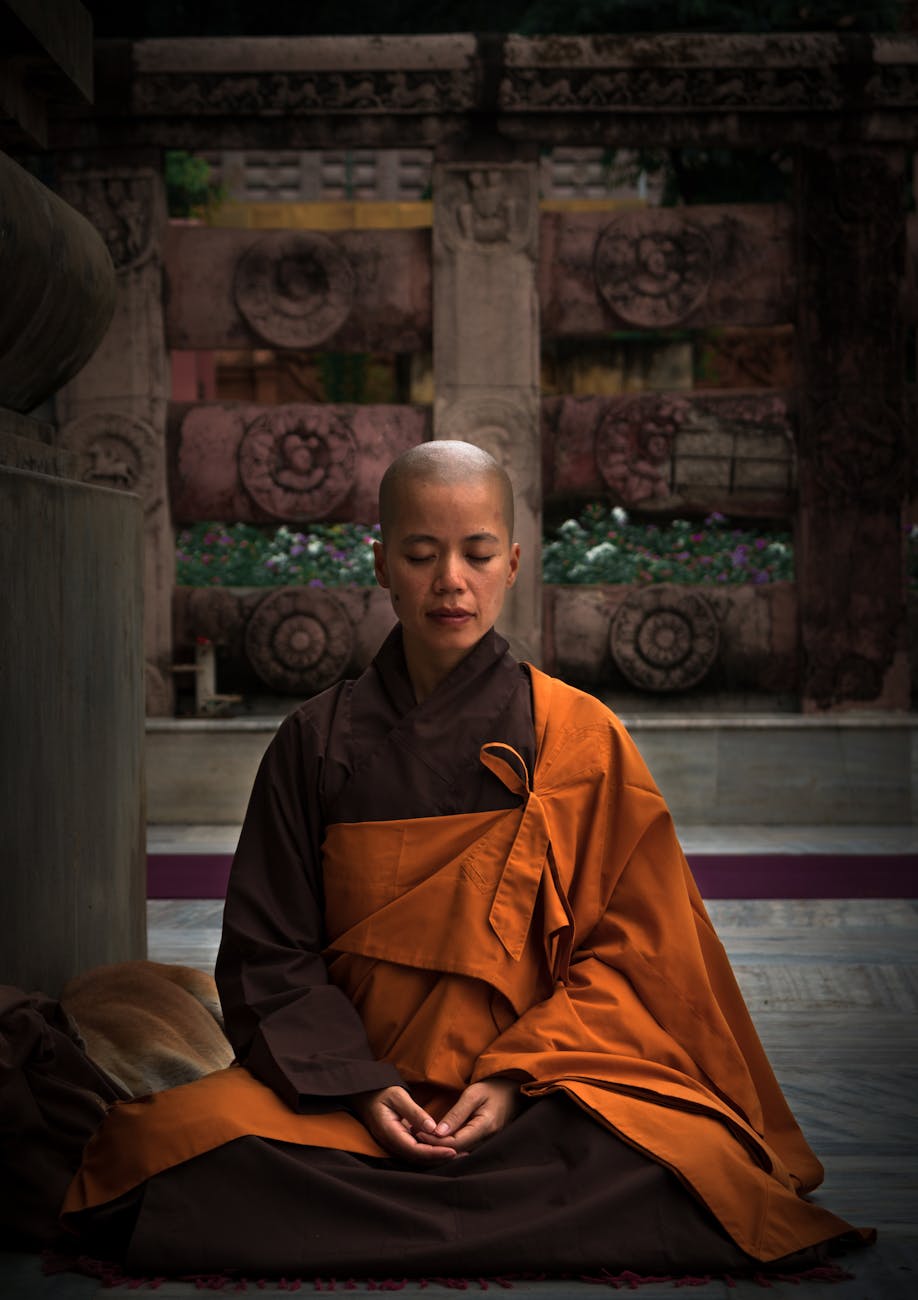It might be known to most of us that meditation was invented in India. Now that we've seen about Yoga, let's talk about Meditation because they're often practiced simultaneously. Meditation is a practice where one has to focus on a particular point of reference with their eyes closed. It helps increase our attention and concentration power besides many other effects
We often wish that our brain stops chattering and that we can stay completely calm and peaceful. That can be achieved by meditation. Studies show that even 10 minutes of daily meditation helps a lot in the long run. It decreases anxiety and depression and increases the flow of alpha waves(relaxation associated waves).
The earliest references of meditation can be found in the Vedas and the earliest documented version of meditation can be found in the wall arts of India from 5000 to 3500 BCE.
The ultimate benefit of meditation is liberation of our mind from materialistic attachments, such as external circumstances or strong internal emotions. The liberated brain or mind no longer follows desires or clings to experiences, but instead maintains a calm sense of inner harmony.
How to Meditate:
- Sit comfortably with your hands resting on your lap.
- Close your eyes and try not to think of anything.
- Do not control the breath, breathe naturally.
- Focus on the breath and on how your body moves with each breath.Simply focus your attention on your breath without controlling its pace or intensity.
The most difficult part of meditating is continuing the practice at least for a month without expecting any results at all. After a month, notice the difference in the way you feel, your concentration power, etc.
Hope this blog has helped you to know more about meditation and be a proud citizen of India!
- Uditi Naagar





No comments:
Post a Comment